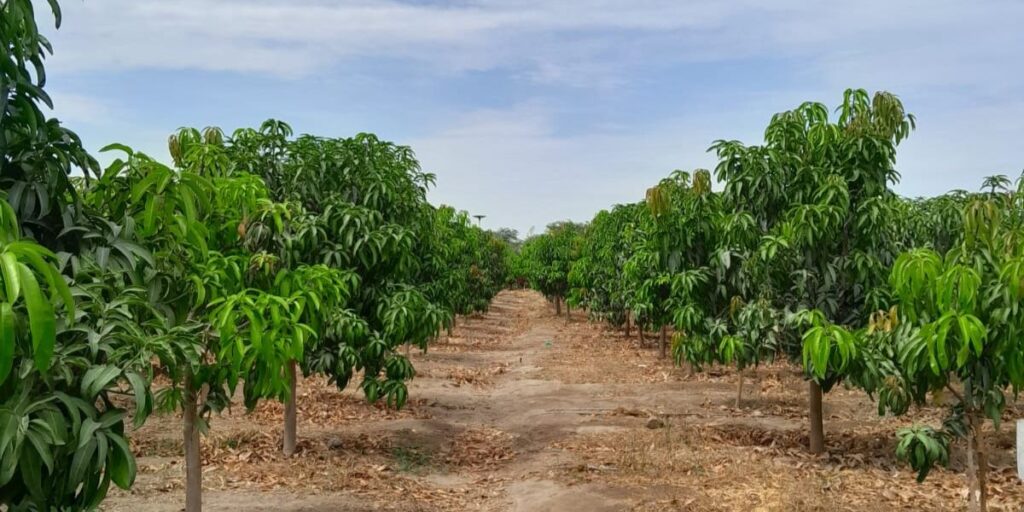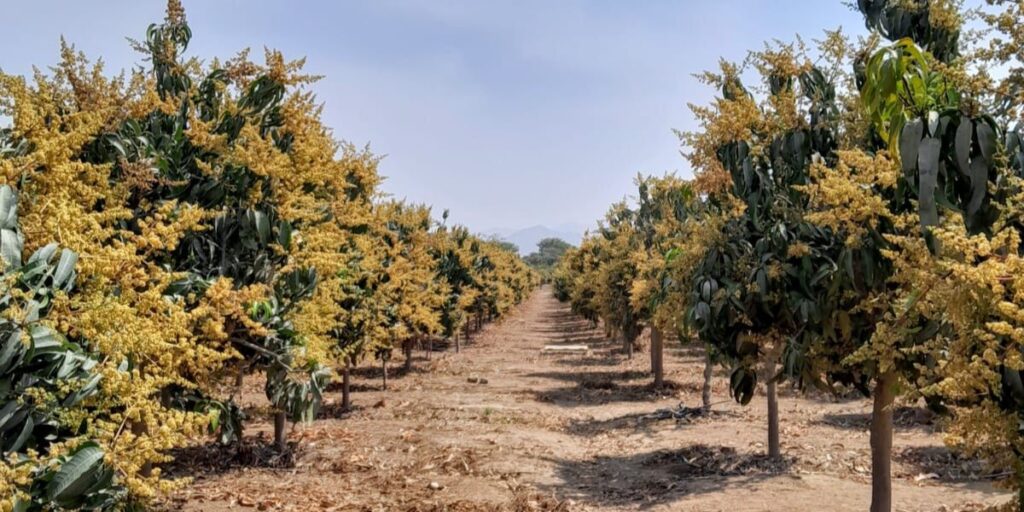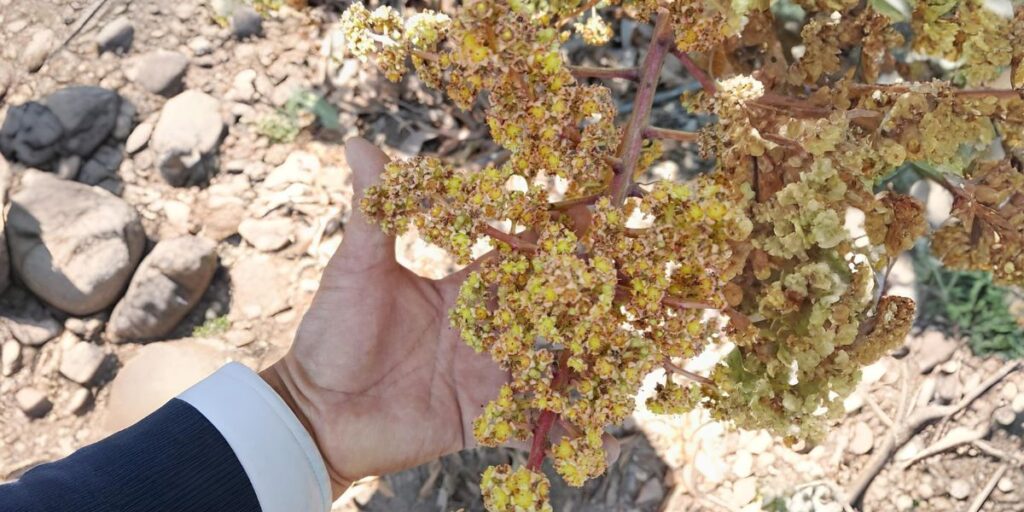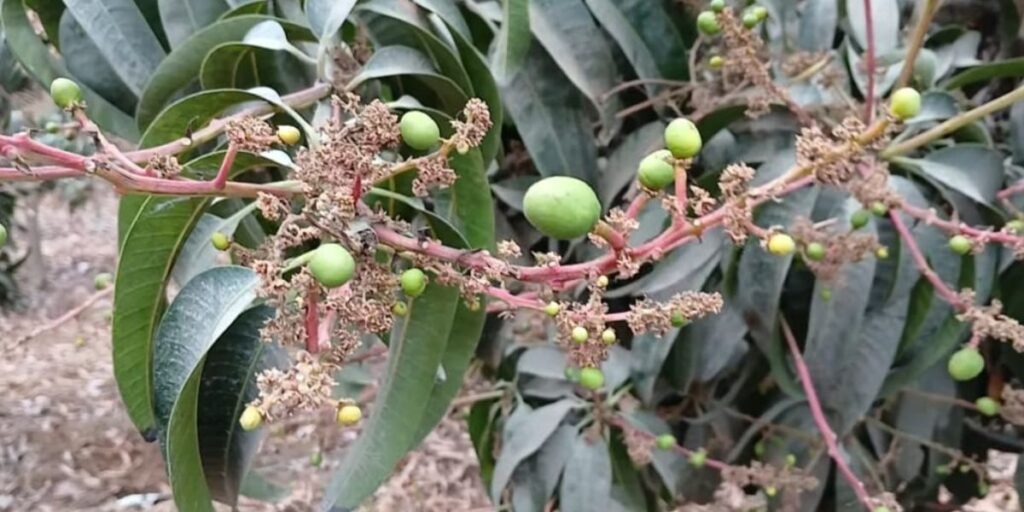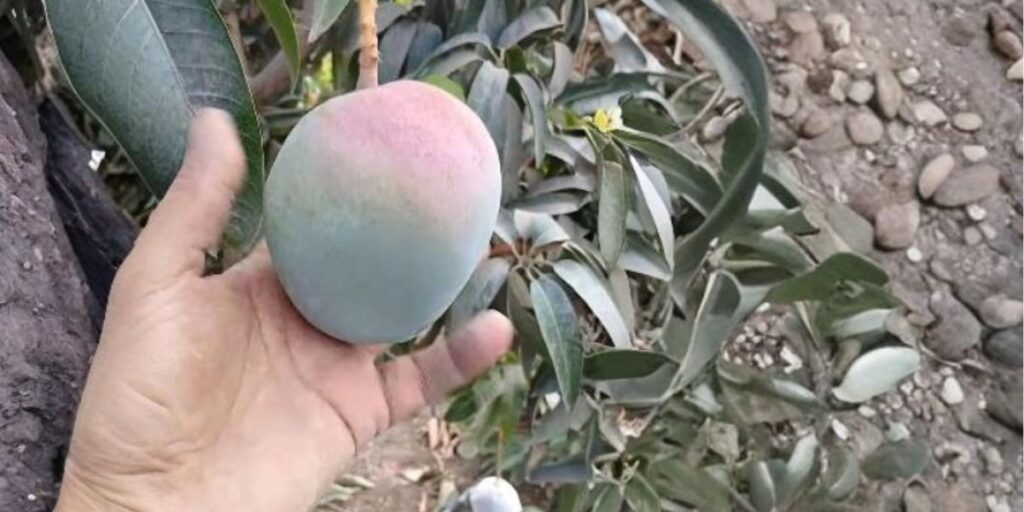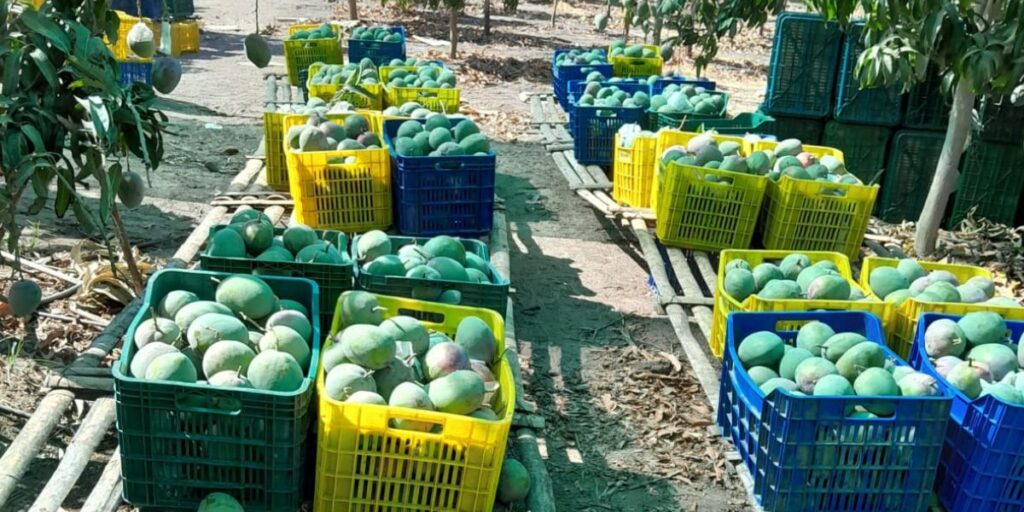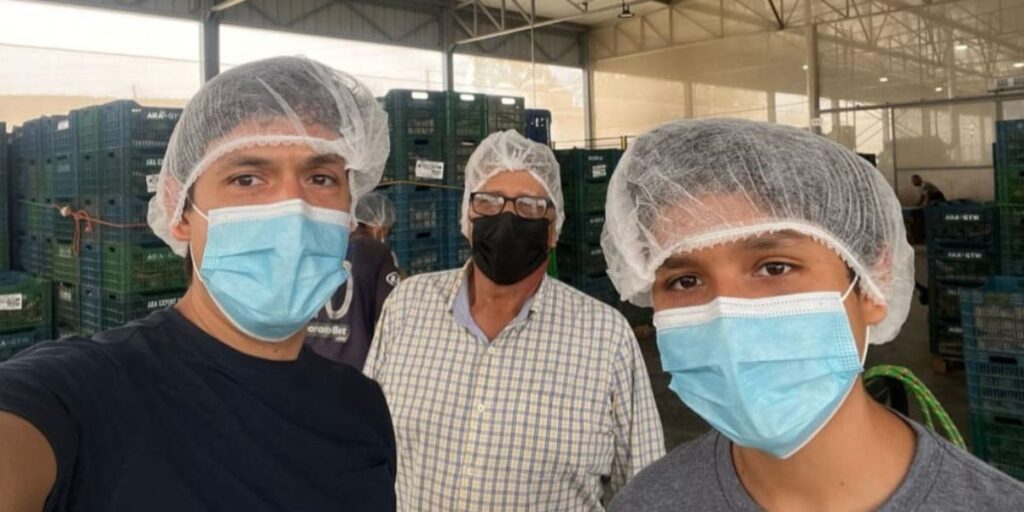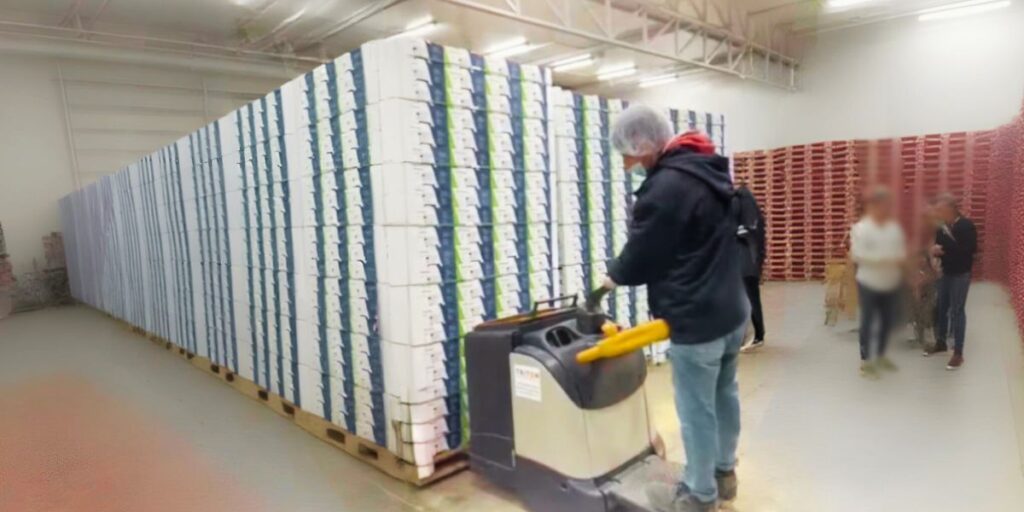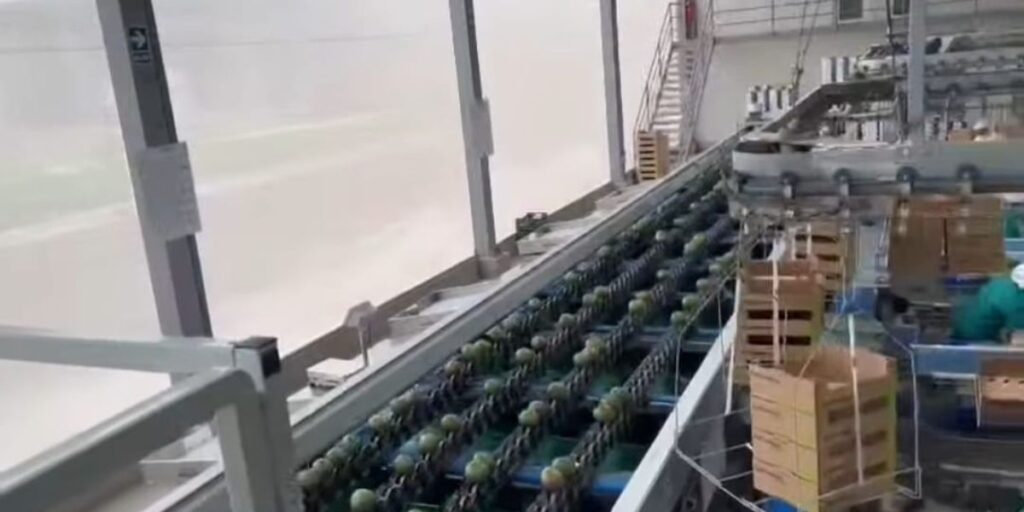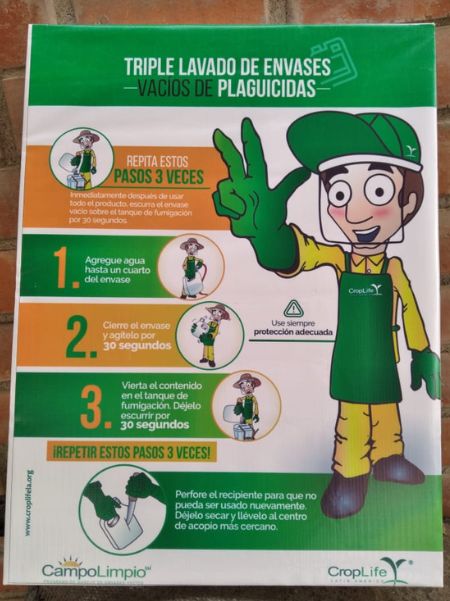
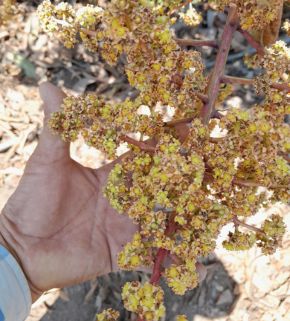
Kent Mango Production Process
At MISATE INVERSIONES SAC, the cultivation of our Kent mango is much more than an agricultural process: it is the result of planning, innovation and a commitment to quality, the environment and local communities.
From campaign preparation to export, we apply the highest international standards to guarantee quality mangoes. This is our production process:
Mango Production Process at MISATE Invesiones SAC
1. Campaign Preparation
Every year, the Kent mango production cycle at our Fundo Don Genaro begins with meticulous preparation of the land and trees. This stage is key to ensuring a healthy and abundant harvest.
- Pruning and cleaning: We remove old or damaged branches to allow light and air to enter, reducing the risk of pests and improving flowering.
- Soil management: We incorporate organic matter and perform periodic analysis to ensure nutrient balance.
- Precision irrigation: We use a solar-powered drip system, optimizing water use and promoting uniform growth.
- Phytosanitary monitoring: We implement traps and preventative methods, complying with SENASA regulations and applying Global GAP recommendations.
2. Flowering and Fruit Set
Between july and september, the trees enter their flowering stage. This is a decisive moment, as it defines the harvest potential.
- Controlled flowering induction to ensure that production is concentrated at the optimal time.
- Pest and disease control with approved products, avoiding harmful residues and preserving fruit quality.
- Constant climate monitoring, adapting irrigation and nutrition to the specific conditions of Casma, whose temperature and solar radiation favor exceptional growth of the Kent mango.
3. Development and Ripening
In this stage, the fruit begins to grow, reach its size and accumulate sugars, measured in Brix degrees, which will determine its sweetness.
- Size control: We carry out periodic sampling to ensure that the mangoes meet the size requirements of our export markets.
- Balanced nutrition: We apply precision fertilization through fertigation, using only inputs approved by our certifications.
- Integrated waste management: We actively participate in Campo Limpio, collecting empty agricultural input containers for safe and certified disposal.
4. Harvest
The Kent mango harvest in Casma takes place between February and March, when the fruit reaches optimal physiological ripeness, with an ideal balance of firmness, sweetness and color.
- Manual and careful harvesting, avoiding bruises and damage to the fruit's skin.
- Field selection to discard mangoes that do not meet export standards.
- Initial quality control by measuring parameters such as weight, color, Brix degrees and temperature.
5. Post-harvest and Packing
After harvest, the mangoes are transported to certified facilities where cleaning, grading and packing are carried out.
- Grading by size and quality, ensuring uniformity in each box.
- Secure packing that protects the fruit during international transport.
- Full traceability, recording the origin and batch of each shipment to comply with destination market regulations.
6. Export
Our Kent mangoes reach international markets that value quality and food safety.
- SENASA and Global GAP certifications are renewed annually, ensuring our processes meet the highest standards of food safety and sustainability.
- Casma Farmers Association: We actively collaborate to promote the agricultural competitiveness of the region and strengthen the technical skills of our producers.
- Efficient logistics combining land and sea transport, maintaining the cold chain and ensuring the mango arrives fresh and in optimal conditions at its destination.

